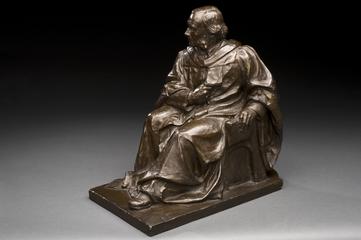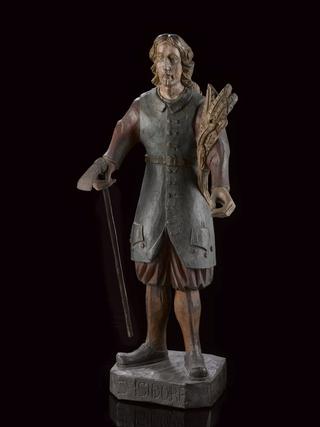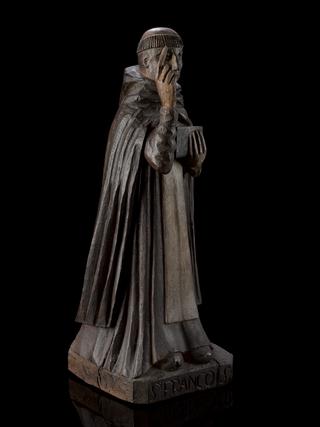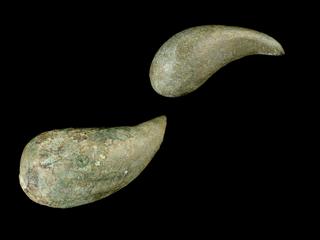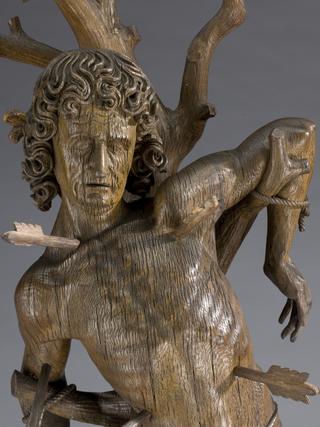
Copy of model of a sheep's liver. Original Babylonian, c. 2050-1750 BC.
- Made:
- 2050-1750 BCE in Babylon and Mesopotamia

Resin replica of a clay model of a sheep's liver used for divination, original Babylonian, original 2050BC to 1750BC
Resin replica of a clay model of a sheep's liver used for divination, original Babylonian and c. 2050-1750BC. Mesopotamian medicine laid great stress on divination, carried out by priests and seers who looked for signs in the stars, or in the organs of sacrificed animals, to tell them things about a patient's illness. Wooden pegs were placed in the holes of the clay tablet to record features found in a sacrificed animal's liver. The priest or seer then used these features to predict the course of a patient's illness.
Details
- Category:
- Classical & Medieval Medicine
- Collection:
- Sir Henry Wellcome's Museum Collection
- Object Number:
- A641093
- Materials:
- resin, synthetic
- type:
- divination object
- credit:
- British Museum
